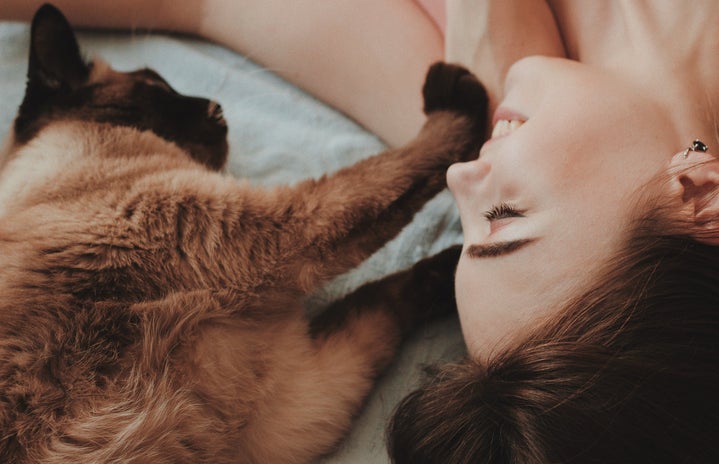I have always been a cat lover despite never having my own cat. My household never allowed pets for a variety of reasons, and I’m not the kind of person that will surprise my family with a pet when the expectations are clear. So, to compromise, my boyfriend bought (yes, bought. I would’ve preferred adopting, but that’s a different story.) a Bengal kitten in March and has been keeping him at his house since April after he was weaned from his mother. Since the cat has been home, I’ve learned a lot about co-parenting.
- Distance Matters
-
Co-parenting in the same house is one challenge, but doing it apart can be difficult. For a few months, I lived about 20 minutes from my boyfriend and would be able to go over several times a week to play with our kitten and help out with various tasks, like cleaning the litterbox or (trying) to train him. Of course, COVID is a thing, so I had to limit how often I visited in the beginning until we figured out a routine that allowed us time together without worry about getting sick. It worked out pretty well, and I bonded with the cat to the point where he recognizes me and listens when I talk.
Now that I’m back in college, things are difficult because I can’t visit whenever I want to. My boyfriend works early mornings, and so his sister watches the cat while he’s gone. That’s fine and all, but the cat has shaken off what little training he had. He has truly turned into a little demon, scratching and knocking things off surfaces, a la true cat nature.
- Parenting Style
-
After realizing that distance matters, I found that our parenting styles differed more than I thought. I was training our cat with word/sound associations and a ton of treats. That worked for a while but then he got a bit older and a lot more confident. Our cat would climb to the highest point in the room and would scratch at things. My response was to clap loudly or say the “bad” word (we used “water” as the scolding word), and he would stop being naughty.
And then I left for college.
Initially, my boyfriend tried the same techniques, but he would quickly turn to yelling and using a spray bottle. We had a nice talk about how that isn’t good for the cat, and we’ve adjusted since then. Regardless, parenting styles differ and it’s important to find a common ground.
- Do Your Research!
-
Neither of us knew how to take care of a Bengal cat before getting one of our own. Bengals are admired because of their resemblance to mini leopards. The similarity doesn’t end there; apparently, Bengals are also very hyper, like to be the “alpha” and are super curious. We attempted to cat-proof the house so that our cat doesn’t get into things he shouldn’t but we can’t find anything that works. The most we found is a deterrent spray that helps with scratching.
If we did our research prior to bringing the cat home, we might have been more prepared and equipped to handle a curious and destructive cat.
Co-parenting a pet has been a completely new experience for me, especially since I’m having to overcome distance to provide support and insight to my boyfriend. I’ve learned more than just these three lessons since starting this journey, but I think they’re the most important at the moment. Overcoming distances to work with a partner to raise a pet is a touch of domesticity that I’ve been craving for a while. However, it is also important to remember that raising a pet is low-stakes and not as serious as raising another human being. At the end of the day, you are raising an animal, so it’s okay if you’re not the perfect pet parent.


